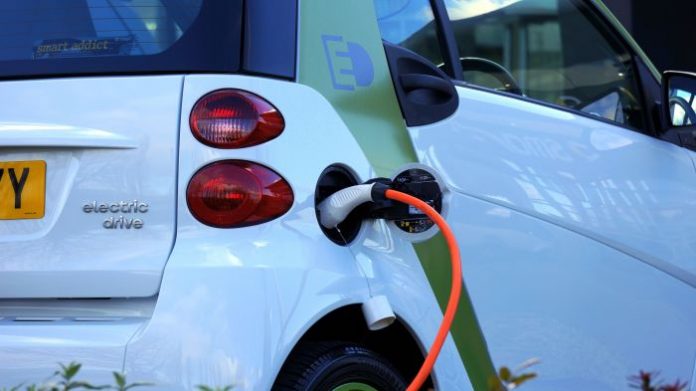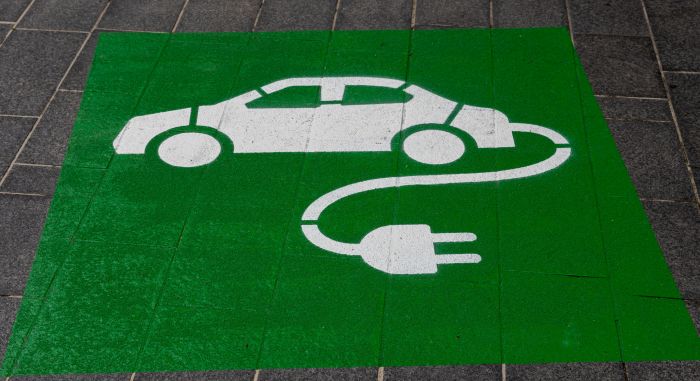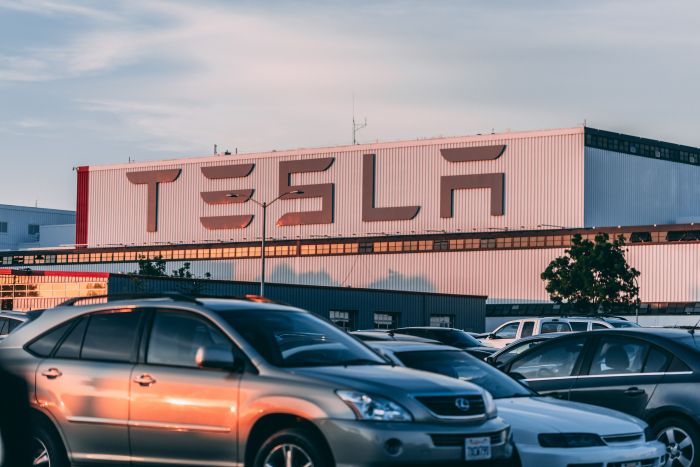
Electric cars: a buzzword
One of the current fads in energy transition, one of the buzzwords if you will, is electric cars. This could be a good start, or just a way of hiding behind a finger, clearing one’s conscience, and perhaps saying that one has done everything possible to avoid the climate disaster we are heading for. For two reasons.
The first is linked to a simple numerical statement: if you want to talk about a plan to tackle climate change, you have to take into account all human activities that cause greenhouse gas emissions: according to the latest estimates (IPCC data: https://www.epa.gov/ghgemissions/global-greenhouse-gas-emissions-data) focusing on cars means, at best, acting on about 8% of global greenhouse gas emissions. Very, very little. At the top of the list, though decidedly against our perception, are agriculture, livestock farming and industrial power generation.
The second reason is linked to the failure to address the choice of electric cars with an integrated and supply chain strategy: it is true that these cars are powered by electricity, but most of this energy is still derived from power plants that are (still) based on coal. Just to be clear: the Drax power station, the largest in the UK and one of the most polluting in Europe, uses about 0.3 kg of coal to produce 1kWh, which is the amount of electricity absorbed in half an hour by a hair dryer. The most modern batteries for a full charge of an electric car require about 140 kWh of electricity, which is the equivalent of 43 kg of coal to cover a distance of about 400 kilometres. What about conventional cars? On average, a petrol car requires about 20 kg of petrol to cover the same distance.
To cut a long story short: if you look at the whole chain, an electric car releases twice as much CO2 as a petrol car.he whole chain, an electric car releases twice as much CO2 as a petrol car.

The social cost of this choice
So there is no point in making electric cars and investing in them? It does make sense, but not addressing the issue in its entirety risks doing more damage than it is trying to solve. Not least because there is a major social problem with this ‘trend’, one that I would like to focus on: the high prices of electric cars today risk making the car a luxury for the wealthy class alone.
To push for this green turn in mobility, governments have introduced penalties for car manufacturers at an international level: if the cars you produce exceed the tolerated pollution standards, you pay a penalty. However, if you are a manufacturer whose cars have a lower impact on the environment, you earn so-called regulatory credits. The nice, legal thing is that between car manufacturers these regulatory credits can be bought. Tesla made $1.58 billion in 2020 alone this way by selling its green credits to other carmakers. FCA, now Stellantis, for example, paid – in Europe alone and in 2020 alone – 300 million euros for the purchase of these certificates, and most of this money went to Tesla.
And what does that imply? It means that while a 60,000-euro Tesla can be afforded by a very wealthy person, who has probably also benefited from several thousand euros in public incentives to buy that kind of car, many car manufacturers are passing the cost on to non-electric cars, aimed at a wider section of the population that is seeing the cost of buying a simple car rise disproportionately. This is a perverse redistribution of income, which, moreover, is not justified by the small climate improvement achieved.

So what?
Not all solutions are the same: taking action on the energy transition is a much-needed necessity, but one has to ‘count’ and choose the most effective interventions; one cannot travel by slogans or pander to a few short-lived trends. Much of the work on climate change today focuses on relatively simple ways to reduce emissions, such as using electric cars and getting more energy from solar and wind power. This approach makes sense, because showing progress and demonstrating the initial success of a project helps to get more people involved. And it is important, because we are still a long way from employing these relatively simple methods on the scale we need, and so there are ample opportunities to make great progress now. But we cannot limit ourselves to these handy countermeasures: we must also focus on more complicated solutions such as electricity storage, fuels, cement, steel, green fertilisers and so on. This will require a different approach to policy decisions. In addition to using the tools we already have, we will have to invest more in research and development of less immediate technologies, and frame this dynamic by considering technology, politics and, not least, the social cost of such choices.



































